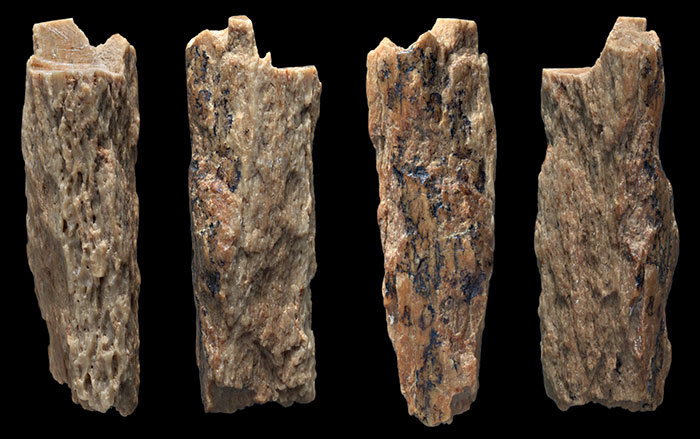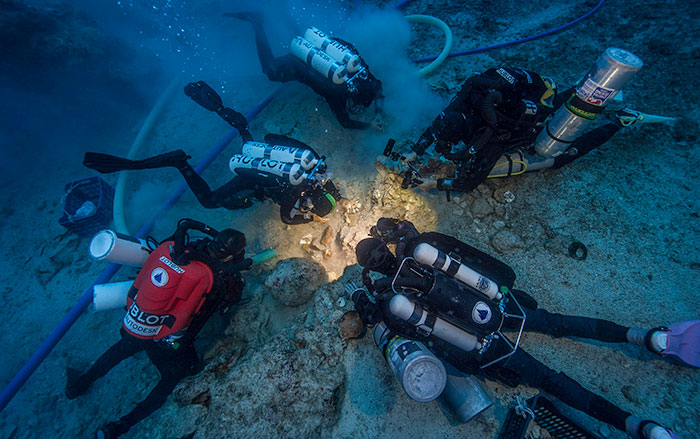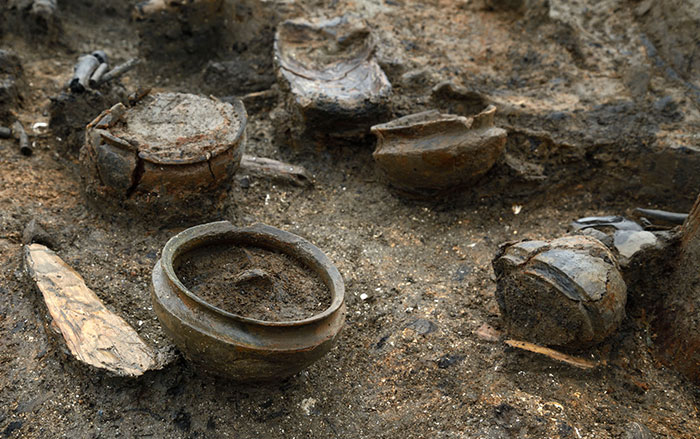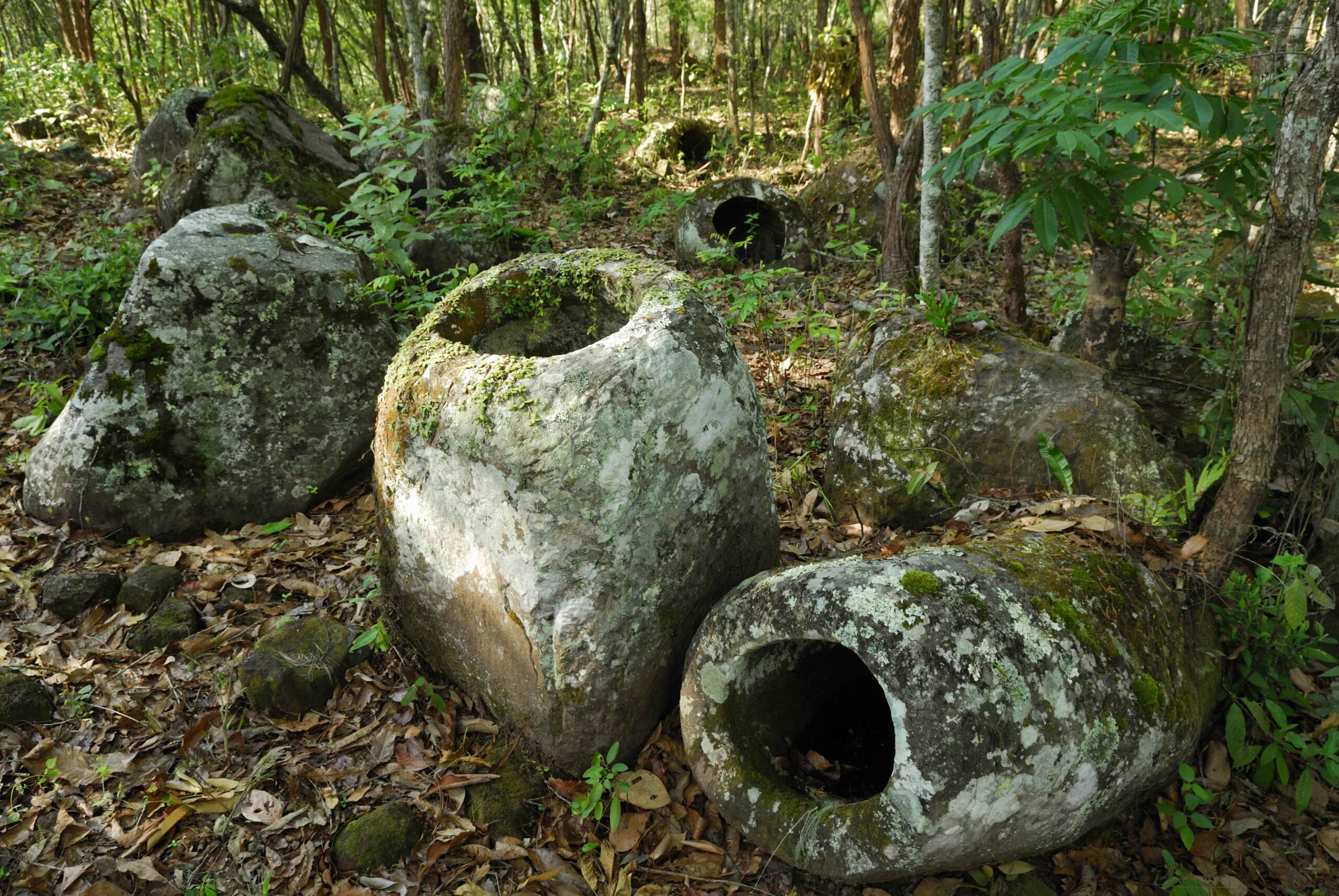
CAMBRIDGE, ENGLAND—According to a report in Science Magazine, some modern, indigenous East Asian populations have a genetic makeup that closely resembles that of two female hunter-gatherers who were buried in the Russian Far East nearly 8,000 years ago. Nuclear DNA was extracted from the hunter-gatherers’ teeth, inner ear bones, and other skull bones, which were found in Devil’s Gate Cave along with pottery, harpoons, and nets and mats woven from wild sedge grass. The DNA was analyzed by a team led by Andrea Manica of the University of Cambridge, who compared it to hundreds of genomes of modern Asians and Europeans. The hunter-gatherers from Devil’s Gate Cave were found to be most closely related to the Ulchi people, who live in the Amur Basin to the north. The study also suggests that the women looked like modern Ulchi people, in that they had brown eyes; thick, straight hair; and shovel-shaped incisors. The women were also related to modern people based in eastern Siberia and China, and to modern Koreans and Japanese. In addition, the results suggest that no other group, such as migrating farmers, contributed a significant amount of DNA to the people of the region. For more on the study of ancient DNA, go to “Worlds Within Us.”











